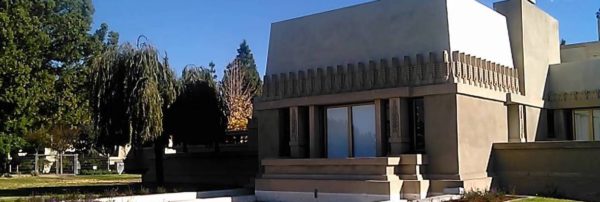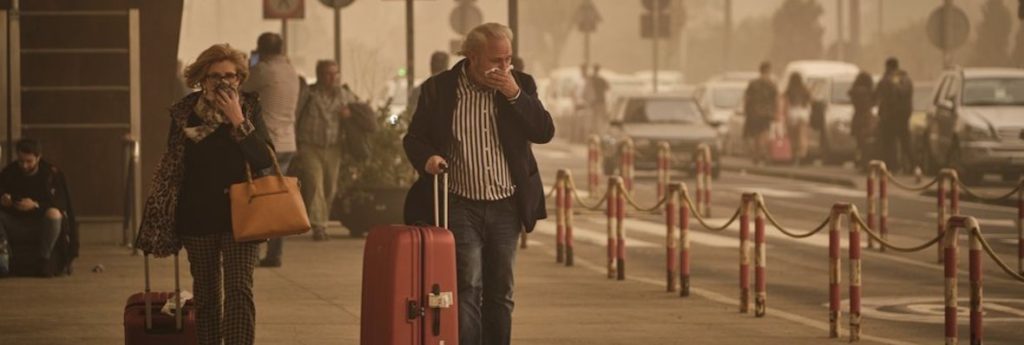All airports on Spain’s Canary Islands reopened Monday after authorities said the worst is over from strong winds that have thickened the air with sand and dust from the Sahara Desert. The sandstorm was accompanied over the weekend by wind gusts up to 120 kph (75 mph) that also fanned at least three wildfires on different islands of the archipelago some 100 km (62 miles) west of the African coast.
Primary schools were closed on all eight islands Monday.
The head of the regional government, Ángel Víctor Torres, said authorities are hoping for the situation to ease as wind speeds diminished and a mild rain fell on some of the islands.
“It’s been a nightmare of a weekend,” Torres told Spain’s public broadcaster TVE. “We haven’t seen an episode like this in 40 years.”
He said that authorities were focusing resources on fighting wildfires, including one in a natural reserve on the island of Gran Canaria. Some 2,000 people evacuated on another island, Tenerife, were returning home on Monday after firefighters tamed a fire there overnight, Torres said.
AENA, the Spanish airports operator, said in a tweet that flights had resumed from all eight airports of the archipelago.
Incoming and outgoing flights had been canceled due to the wind gusts and thick yellow haze that enveloped the islands, a phenomenon locally known as “calima” that is capable of lifting up clouds of sand and dust from the Sahara.

State and local officials in California unveiled a plaque designating architect Frank Lloyd Wright’s Hollyhock House in Los Angeles as a UNESCO World Heritage Site. Democratic US Rep. Adam B. Schiff and Los Angeles City Councilman Mitch O’Farrell delivered remarks at a ceremony Sunday, The Los Angeles Times reported.
Los Angeles Department of Cultural Affairs officials also attended the unveiling at the Hollyhock House, which earned the city its first World Heritage designation in July.
There are 1,121 World Heritage Sites globally, with 869 of those awarded cultural status. The Hollyhock House is one of eight Wright buildings representing the first US modern architecture designations on the World Heritage list.
The others Wright buildings include the Solomon R. Guggenheim Museum in New York City; the Unity Temple and the Frederick C. Robie House in Chicago; Fallingwater in Mill Run, Pennsylvania; the Herbert and Katherine Jacobs House in Madison, Wisconsin; Taliesin in Spring Green, Wisconsin; and Taliesin West in Scottsdale, Arizona.
Among his most iconic buildings was the Guggenheim with its spiral ramp for viewing galleries. It was completed in 1959, the same year Wright died.
Built between 1918 and 1921 on a hill in East Hollywood, the Hollyhock House in Barnsdall Art Park was almost demolished in the 1940s. The structure is named for stylized motifs of the flower of the same name that dominate its concrete exterior.
The Hollyhock House, Wright’s first California commission, is now owned by the city of Los Angeles and serves as an arts centre.
“The unveiling of the plaque,” O’Farrell said Sunday, “underscores what we already know: The structure represents an unparalleled symbol of cultural heritage and an outstanding contribution to design in the city of Los Angeles and the world.”

